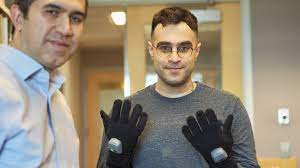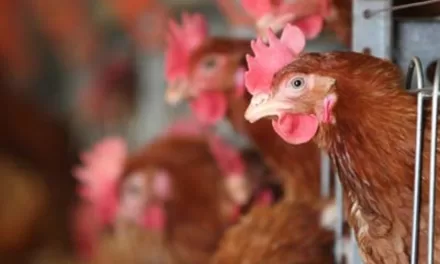
Date: January 18, 2024
This month, a groundbreaking initiative is set to transform the rehabilitation journey for stroke survivors in British Columbia as they become the first to test a revolutionary “smart glove” designed to enhance their recovery and restore functionality to their limbs and hands.
Developed in collaboration with stroke rehabilitation specialist Dr. Janice Eng and her team at the University of British Columbia (UBC), the smart glove represents a major leap forward in tracking hand and finger movements during rehabilitation exercises. Dr. Eng, a prominent professor of medicine at UBC, is at the forefront of the stroke rehabilitation field and believes this technology has the potential to redefine how stroke survivors regain mobility.
How the Smart Glove Works: The smart glove employs a cutting-edge system of highly sensitive sensor yarns and pressure sensors intricately woven into a comfortable, stretchy fabric. This technology allows the glove to monitor, capture, and wirelessly transmit even the subtlest hand and finger movements, all without the need for cumbersome cameras.
Dr. Eng emphasizes the significance of this innovation, stating, “With this glove, we can monitor patients’ hand and finger movements without the need for cameras. We can then analyze and fine-tune their exercise programs for the best possible results, even remotely.”
Precision and Breakthrough Technology: The brains behind the smart glove belong to UBC electrical and computer engineering professor Dr. Peyman Servati and PhD student Arvin Tashakori, along with their team at startup Texavie. Their breakthroughs were recently outlined in a paper published in Nature Machine Intelligence, showcasing the glove’s remarkable accuracy in tracking hand and finger movement and grasping force.
Dr. Servati highlights the glove’s precision, noting that it can determine the angles of all finger joints and the wrist as they move. The technology boasts 99-percent accuracy, matching the performance of expensive motion-capture cameras. Unlike other products on the market, the smart glove is wireless, comfortable, and easily washable after removing the battery.
Beyond Rehabilitation: Dr. Servati envisions the smart glove seamlessly transitioning into the consumer market with ongoing improvements. The team at Texavie sees potential applications in virtual reality, augmented reality, animation, and robotics. The glove could revolutionize various aspects of daily life, from typing text without a physical keyboard to controlling robots or translating American Sign Language into written speech in real-time, enhancing communication for individuals who are deaf or hard of hearing.
As stroke survivors embark on this transformative journey with the smart glove, the potential for broader applications in the world of technology and healthcare is poised to make a lasting impact on rehabilitation practices and beyond.










